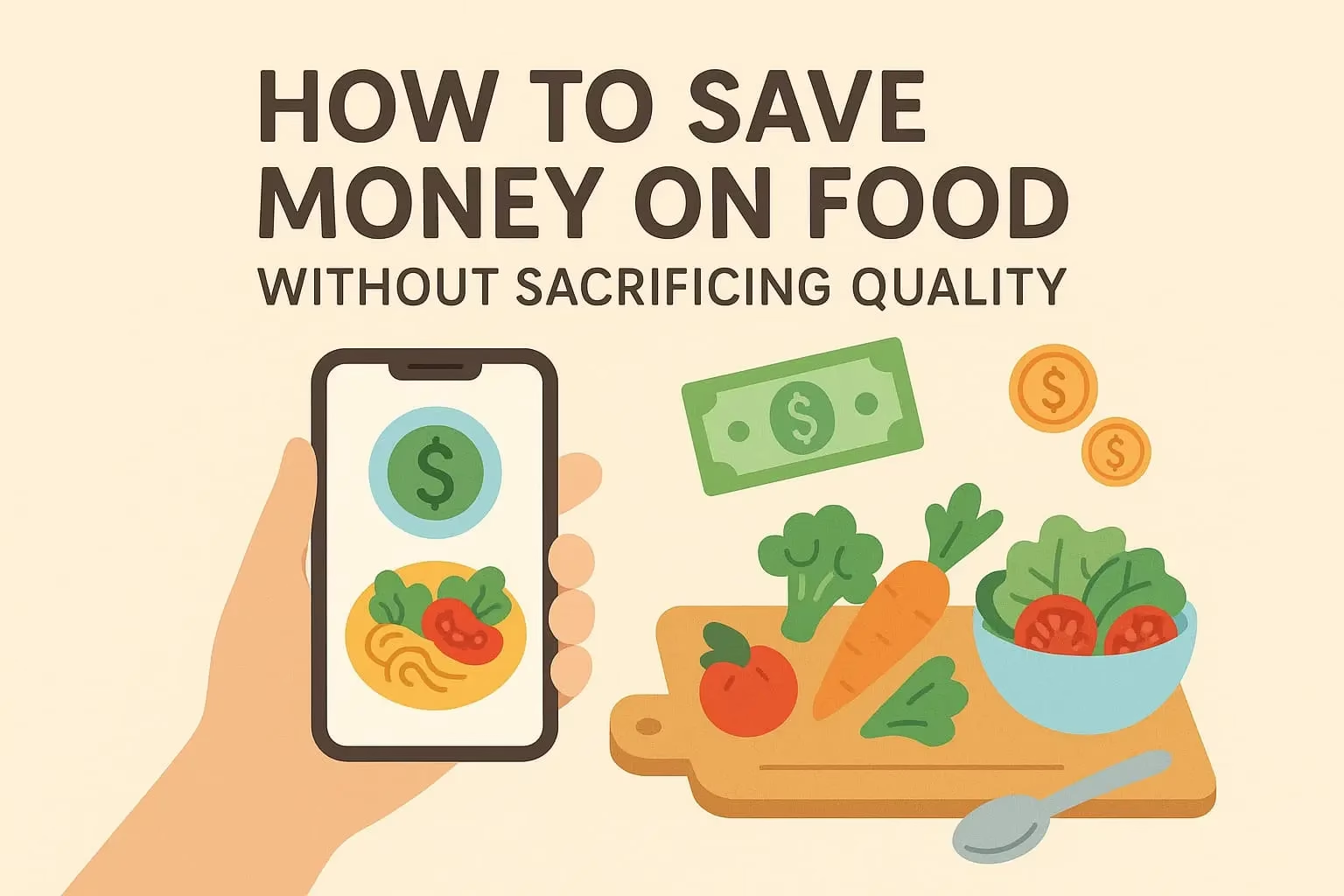Impulse spending can quietly drain your family’s finances. A few unplanned purchases each week—snacks, online deals, toys, or home decor—can quickly add up. For stay-at-home moms managing a household on a single income, learning how to avoid impulse spending is a game-changer.
Here’s how to regain control over your spending habits and make more intentional financial decisions.
What Is Impulse Spending?
Impulse spending is buying something without planning to do so. It’s often triggered by:
- Sales or “limited-time” offers
- Emotional states (boredom, stress, excitement)
- Ads on social media or email marketing
- Shopping out of habit or as entertainment
Even small impulse buys can derail your budget if they become a regular habit.
Step 1: Identify Your Triggers
Everyone has different spending triggers. Ask yourself:
- Do I shop when I’m bored or stressed?
- Do I scroll through shopping apps or Amazon for fun?
- Do I buy things “just in case” or “because it’s on sale”?
- Do I spend more when I’m tired or overwhelmed?
Understanding your patterns is the first step in breaking them.
Step 2: Create a Thoughtful Budget
A good budget doesn’t just restrict spending—it guides it. Build spending categories that include:
- Essentials (groceries, bills, fuel)
- Savings (emergency fund, sinking funds)
- “Fun money” (so you can treat yourself occasionally—guilt-free)
Having a small, planned amount for personal spending helps reduce the temptation to splurge elsewhere.
Step 3: Use the 24-Hour Rule
Feeling tempted to buy something? Use this simple trick:
Wait 24 hours.
Put the item on a wishlist or in your cart—but don’t buy it immediately. If you still want it the next day and it fits your budget, go for it. You’ll be surprised how often the desire fades.
Step 4: Unsubscribe and Declutter
Marketing emails and social media ads are designed to make you feel like you’re missing out. Try this:
- Unsubscribe from promotional emails
- Unfollow brand accounts that tempt you
- Delete shopping apps from your phone (you can always reinstall if needed)
Out of sight = out of temptation.
Step 5: Shop with a List—and Stick to It
Whether at the grocery store or online, shopping with a list is one of the most effective ways to control spending. Plan meals, check your pantry, and write down exactly what you need.
Stick to the list and avoid browsing. If it’s not on the list, it doesn’t go in the cart.
Step 6: Leave Credit Cards at Home
Use cash or a debit card for everyday purchases. The act of physically handing over money makes spending feel more real than swiping a card.
Consider trying the envelope system—allocate cash for groceries, entertainment, or other categories. When the envelope is empty, you’re done spending in that area for the month.
Step 7: Set Clear Financial Goals
It’s easier to say “no” to impulse spending when you have a bigger “yes” in mind. Define your goals clearly:
- Save $1,000 for an emergency fund
- Pay off credit card debt
- Take a family vacation next summer
- Save for back-to-school clothes
Write your goals down and keep them visible. They’ll remind you why it’s worth resisting the urge to spend.
Step 8: Replace Shopping with Healthier Habits
Sometimes we shop to escape, entertain ourselves, or reward ourselves. Replace that habit with something just as rewarding:
- Go for a walk
- Read a book
- Watch a show
- Start a DIY project
- Journal or listen to music
Fulfill the emotional need without spending money.
Step 9: Track Every Purchase for 30 Days
For one month, write down every purchase—even small ones. You can use a notebook, budget tracker app, or spreadsheet.
At the end of the month, review:
- Where did your money go?
- What purchases do you regret?
- What can you reduce next month?
Awareness leads to better choices.
Step 10: Celebrate Progress, Not Perfection
Breaking impulse spending habits takes time. Don’t beat yourself up for the occasional splurge. Instead:
- Celebrate the days or weeks you stuck to your budget
- Recognize improvements, even small ones
- Set mini-rewards (like a movie night or coffee treat) for meeting savings goals
Progress is better than perfection.
Reclaim Control of Your Finances
You don’t need more income to feel financially secure—you need more intention. By becoming aware of your spending triggers and creating practical habits, you can stop impulse spending, stay on track with your goals, and feel more empowered as a financial decision-maker in your home.






